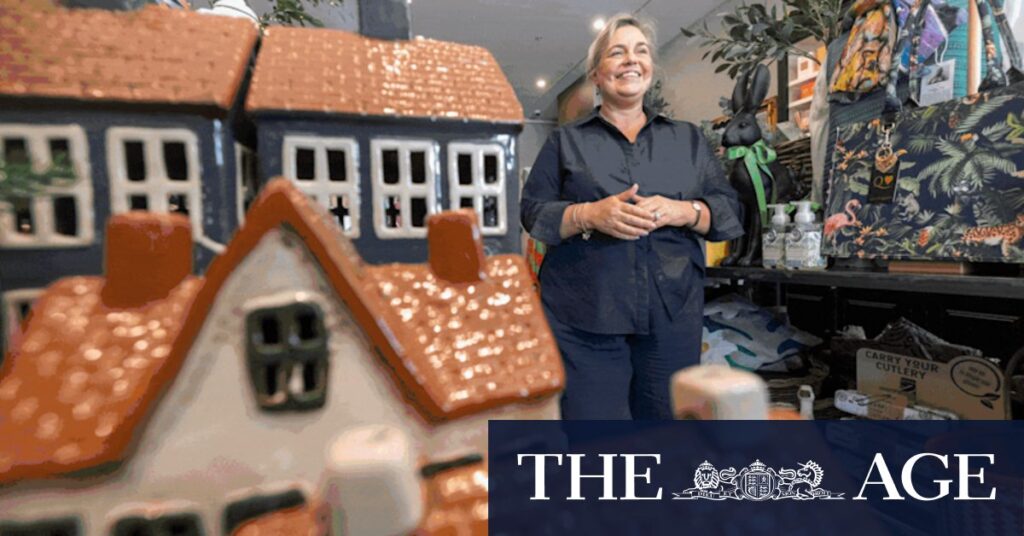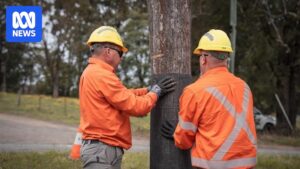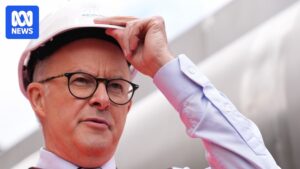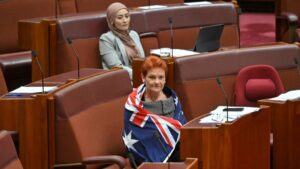
In the heart of suburban Melbourne, the tranquil enclave of Blackburn is on the brink of transformation. Once a bustling village with fruit shops, butchers, and bakeries in the 1970s, the area now hosts a mix of eateries, real estate agencies, and a solitary chain store. But looming government plans for an “activity centre” have sparked a heated debate among residents and business owners.
Long-time business owner Cortney Wise, who runs the Pride Lane hairdressing salon, is among those voicing concerns. Wise fears the proposed changes could drastically alter Blackburn’s landscape, potentially forcing her to close her salon. “I feel like it’s going to completely change the landscape of Blackburn, in a negative way,” she said. The salon, a staple for over 60 years, could face closure if two-storey shops give way to towering 20-storey buildings, as feared under the new plans.
Community Concerns and Political Debate
The proposed development has drawn criticism from various quarters, with Richard Welch, a Liberal upper house member, leading a campaign against the plans. Welch warns of potential “canyon” effects from high-rise towers and a loss of Blackburn’s unique identity. His campaign website has already gathered 3,000 responses, reflecting widespread apprehension about high-density housing and its impact on local infrastructure.
“The overwhelming response was that people didn’t want this level of high-rise or high-density housing,” Welch stated, citing concerns over parking and the loss of mature trees.
On the other side of the political spectrum, Paul Hamer, the Labor state member for Box Hill, dismisses these fears as a “scare campaign.” Hamer assures residents that consultation will soon commence, allowing the community to voice their opinions on the proposed changes. He emphasizes that existing landscape protections, particularly in the Bellbird area, will remain intact.
Government’s Vision for Development
The state government argues that the development is necessary to address housing shortages in well-connected areas like Blackburn. A government spokesperson highlighted the suburb’s proximity to public transport, with frequent services on the Lilydale and Belgrave lines, as a key factor in the decision to increase housing density.
“We are building more homes in Blackburn because it is well-connected to public transport,” the spokesperson said. “Too many people are locked out of suburbs where they grew up or want to live, and we’re on their side.”
While the government plans to work closely with the community, the first round of consultations will shape draft maps and development plans, which will be subject to further community input.
Residents’ Perspectives: Balancing Growth and Heritage
Among the residents, opinions are divided. Newcomer Angus McLay appreciates Blackburn’s leafy charm but is open to more high-rises, provided they don’t replicate the dense development seen in nearby Box Hill. “I don’t mind the idea of more high-rises. I definitely understand it,” McLay said, while expressing a desire to avoid excessive density.
Dr. Tess de Vries, a southern Blackburn resident, finds herself conflicted. She acknowledges the need for increased housing but stresses the importance of preserving the suburb’s character. “I’m torn because there is going to be development. We can’t stop it. I just want it to be done in a way that is sensible and preserves the character of our neighborhoods around Melbourne,” she remarked.
As Blackburn stands at a crossroads, the upcoming consultations will be crucial in shaping its future. The community’s response will determine whether the suburb retains its village charm or embraces a new urban identity.





